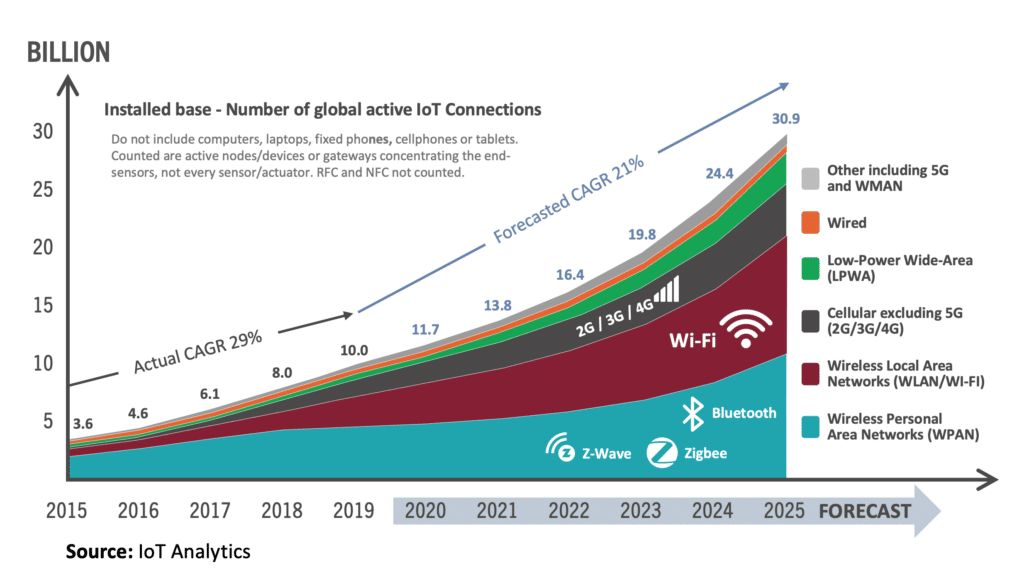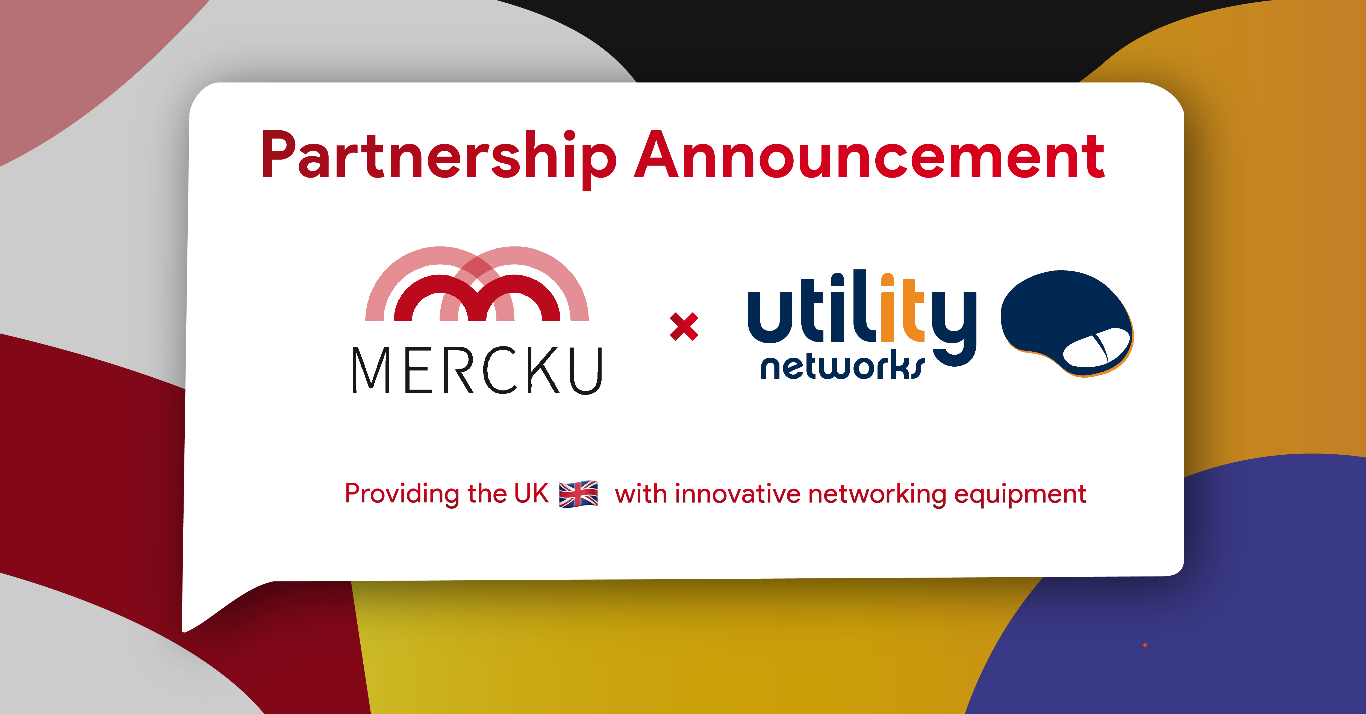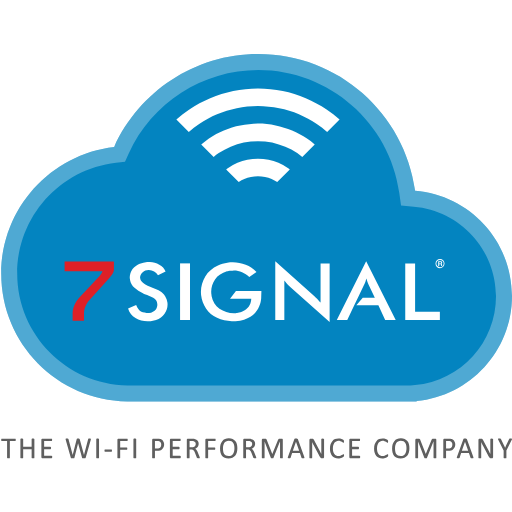Monetizing through Wi-Fi Advertising banners on the captive portal or through messages sent via email or SMS is an obvious alternative to offset the cost of a free Wi-Fi service. But it may not be that simple. This blog post addresses the challenges with Wi-Fi advertising, and what service providers must do to compete effectively with online media and get their fair share of advertisers’ budgets.
Wi-Fi Advertising Challenges
To a large extent, online advertising is a volume game with just a few USD cents per click. Some of Enea’s service provider customers have millions of users passing the captive portal daily. Those operators can compete with the number of eyeballs offered by major online media, but how about smaller installations with just a few thousand daily Wi-Fi users?
The need for sufficient volume is the biggest challenge for making enough money on Wi-Fi advertising.
Another challenge is that the venue owners may need to approve external advertising campaigns paid by third-party advertisers in a business-to-business (B2B) Wi-Fi context, which makes the administration more complex. Conversely, suppose the venue owner wants to display their own advert. In that case, even a low volume of advertising can be valuable for them if they can handle the administration of their adverts.
A third challenge with Wi-Fi advertising is that users may find adverts intrusive if they must see information that does not interest them before gaining access to the internet.
Finally, there is a technical challenge. When the user is at the captive portal, they have no access to the internet, as this is the primary purpose of a captive portal. Thus, the Wi-Fi service management system must ensure that the addresses of any advertising assets, such as videos, are allowed and accessible if located on the public internet.
With the right tools, service providers can address all these challenges. So let’s start with the two most important ones. First, how can we make Wi-Fi advertising worthwhile for service providers with lower audience volume? Second, how make advertising acceptable from a user experience point of view?
Make Wi-Fi Advertising Hyper-Targeted
 As discussed, in a B2B context, it can be valuable for venue owners to handle their internal adverts, and this could be a premium service that the service provider charge for.
As discussed, in a B2B context, it can be valuable for venue owners to handle their internal adverts, and this could be a premium service that the service provider charge for.
But, to monetize from third-party advertisers and compete with online media, Wi-Fi service providers must be able to offer hyper-targeted high-value advertising.
Targeted Wi-Fi advertising is more valuable for advertisers and users because it allows for more efficient and effective marketing strategies. By using data and analytics to understand a user’s preferences, interests, and behaviors, advertisers can create highly personalized and relevant ads that are more likely to resonate with the individual.
Targeted advertising means higher conversion rates and a better return on investment for advertisers. By targeting specific demographics or individuals, they can reduce wasted advertising spend and focus their efforts on reaching the right people at the right time. They can also increase brand loyalty and customer engagement, as users are more likely to respond positively to ads tailored to their interests.
The bottom line is this. Advertisers are more likely to pay a premium price for adverts they know will hit their target group than paying pennies for adverts spread over a vast audience, where only a fraction of them are of interest to the advertiser.
Using hyper-targeted Wi-Fi advertising is also very beneficial for the service provider. They can monetize more by charging a premium price for the advert and by being able to fit more advertisers on the same advertising space at the captive portal.
For users, targeted Wi-Fi advertising can be seen as a more positive experience because it provides them with more relevant and useful ads. Instead of being bombarded with irrelevant ads, they can receive ads tailored to their needs and interests, which can help them discover new products and services they may be interested in.
Overall, targeted advertising allows for a more personalized and effective approach to marketing, benefiting both advertisers and users. However, it is essential to note that there are concerns about data privacy and the ethical use of user data in targeted advertising. This brings us to the next subject, compliance with regulations and ethical principles.
Data Privacy and Consent Management
Most users of free Wi-Fi services understand the fundamental truth that has been cited many times; “if you’re not paying for the product, you are the product.”
We realised early on that consent, and personal data management is about more than just following regulations such as the European General Data Protection Regulation (GDPR) to avoid heavy fines. It is also about protecting your brand as a service provider. To gain the user’s trust and be known as a fair player. You need to transparently show what data you have collected and let the end-user handle their consent to use that data.

We have your back covered. Learn more about the Enea Aptilo SMP award-winning consent and personal data management functionality.
Now you have advertising space, the captive portal, and privacy protection complying with users’ expectations and government regulations. So how do you collect enough detailed data to fulfill the ‘hyper’ in hyper-targeted Wi-Fi advertising?
Fulfilling the ‘hyper’ in hyper-targeted Wi-Fi Advertising
A popular method of gaining user data is to offer login to the Wi-Fi service using social media credentials. But that method will not give much more details beyond email and the person’s name.
So how do you gather data to create hyper-targeted profiles such as:
- Men between 25-55 in age, using iPhones, flying between Madrid and Barcelona twice a month or more.
- Women under 60 in age, living in a single-family detached home, driving BMW or Volvo.
- Single men 20-40 in age interested in Golf.
There is only one way. Ask them! This is where using surveys as a login method to the Wi-Fi service comes in.
COLLECT USER PROFILE DATA WITH
Next-Generation Surveys
We have designed our next-generation surveys with the mobile user experience in mind.

Instead of the traditional single captive portal page with form fields asking for information, we have designed the user onboarding experience with several pages. Each page asks for information using clickable icons. It is a much better mobile user experience. In the example above, the user can swiftly navigate through the pages, using one hand and clicking on the icons. It may even be the same amount of clicks or less as it typically takes to enter the user’s first name. The user’s browser will normally auto-complete the email address, so there are no additional clicks.
It is also possible to add an optional advert screen at the end, where the user needs to view a message from the advertiser. For example, one of our service provider customers had 15% more users completing the login process when moving to the survey user experience rather than the old-school captive portal. For them, it also meant a 15% increase in revenues as they monetized through the sponsor adverts at the end.
So, using our survey functionality will improve the mobile user experience for onboarding users to the Wi-Fi service. But the primary purpose is to ask more detailed questions to build up the user profile over time. Over time is the keyword here. The administrator can arrange multiple surveys in a ‘carousel’ to be shown in order when the user returns, so don’t ask more than a few questions in each survey. The conversion rate, i.e., users completing the Wi-Fi service onboarding, will go down for every question added to the survey. A good practice is keeping the number of questions for each survey to 5 or below.
Think hard about how intrusive a question is. It is never worth discouraging a user from using the Wi-Fi service because the question challenges their integrity.
Connecting the Dots With SmartAds
Service providers can make the most out of the consent-based user profile data gained through the Wi-Fi service. They can do that through Enea’s SmartAds concept:

- The user login through the captive portal
- We capture personal profile data through next-generation surveys and device information. Using only a few questions will keep the user motivated to connect. Therefore, we recommend asking additional questions on the next visits using the survey carousel. 2b: Optionally you may use our consent and personal data management functionality to get users’ consent for using their personal data. This is beneficial for them as well, as they will only see relevant adverts. We say optionally, as it may not be legally required in some countries, but it is always a good idea to have it enabled.
- We save the personal profile data.
- The captive portal administrator adds the SmartAd asset to the right banner advertising space. Users will see adverts tailored to their user profile (segment). If there is no matching adverts, the user will see a default advert.
- The service provider can produce reports per advertiser to charge a premium price for the hyper-targeted ads.
It is an ever-ongoing process for marketing to define campaigns, segments, and SmartAds.
SmartAds Behind the Scenes
Different administrators with different roles are handling various aspects of the SmartAds concept. Note that the same administrator could have multiple roles.

Campaign Admin
The campaign admin creates the campaign for the advertiser and allocates duration and allowed time slots and segments for the campaign. The campaign admin also defines which Ad approval administrator should approve the advert.
Segment Admin
The segment administrator creates and maintains segments based on the user profile data.
These segments can be as complex as allowed by the depth of details available.
Ad Admin
The ad admins creates advertising assets such as banners, videos, or text messages for the campaign. They can choose time slots and segment for each advert based on what is allowed in the selected campaign. It is also possible to set ‘any’ for the time slot and segment for an ad asset, within the limitations set by the campaign, in which case any allowed time slot and segment will match the ad asset.
The ad admin can be one of the service provider’s staff. Still, we generally anticipate that the most effective process will be to let the advertiser handle this as a self-management service. Once the asset is ready, it is sent to the ad approval admin for approval. Once it is approved, it will be added to the selected campaign.
Ad Approval Admin
The ad approval admins approves the ad assets created by the ad admins. They can also reject already approved ad assets if needed.
SmartAd Admin
The SmartAd admin creates the SmartAd assets. A SmartAd will contain several campaigns that, in turn, include several ad assets tied to different segments. If multiple ad assets match the same segment, they will be picked randomly at the captive portal for an even distribution among advertisers. The SmartAd admin must also define a default advert to show if there is no match for the individual user. This default advert could, for instance, be the service provider’s advert or the venue owner’s advert.
Captive Portal (CP) Admin
The complexity and logic around which ad will be shown for which user at a particular time is entirely hidden in the SmartAd. The captive portal admin selects the right SmartAd asset from a drop-down menu and puts it in the suitable banner advertising space at the right captive portal (location).











